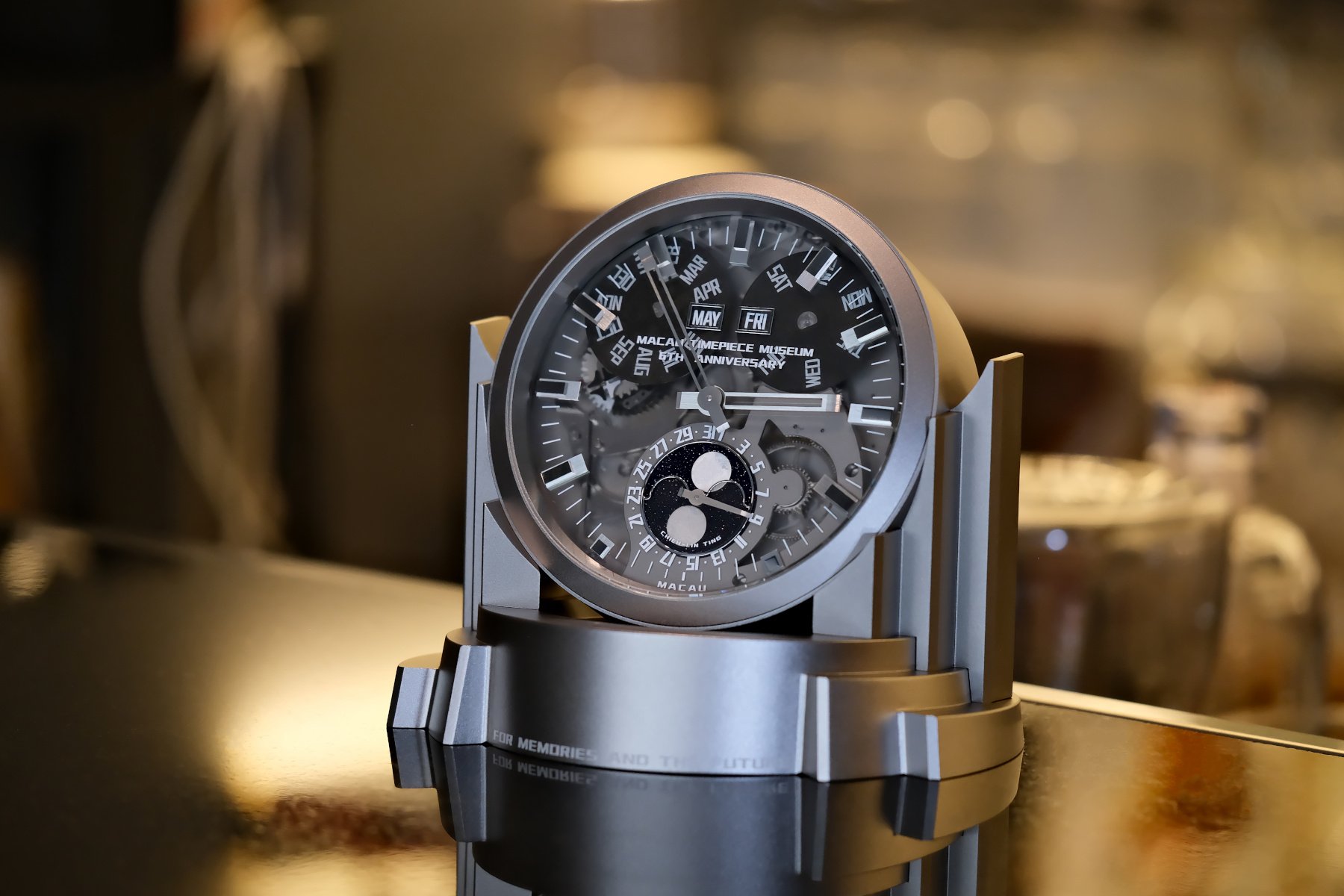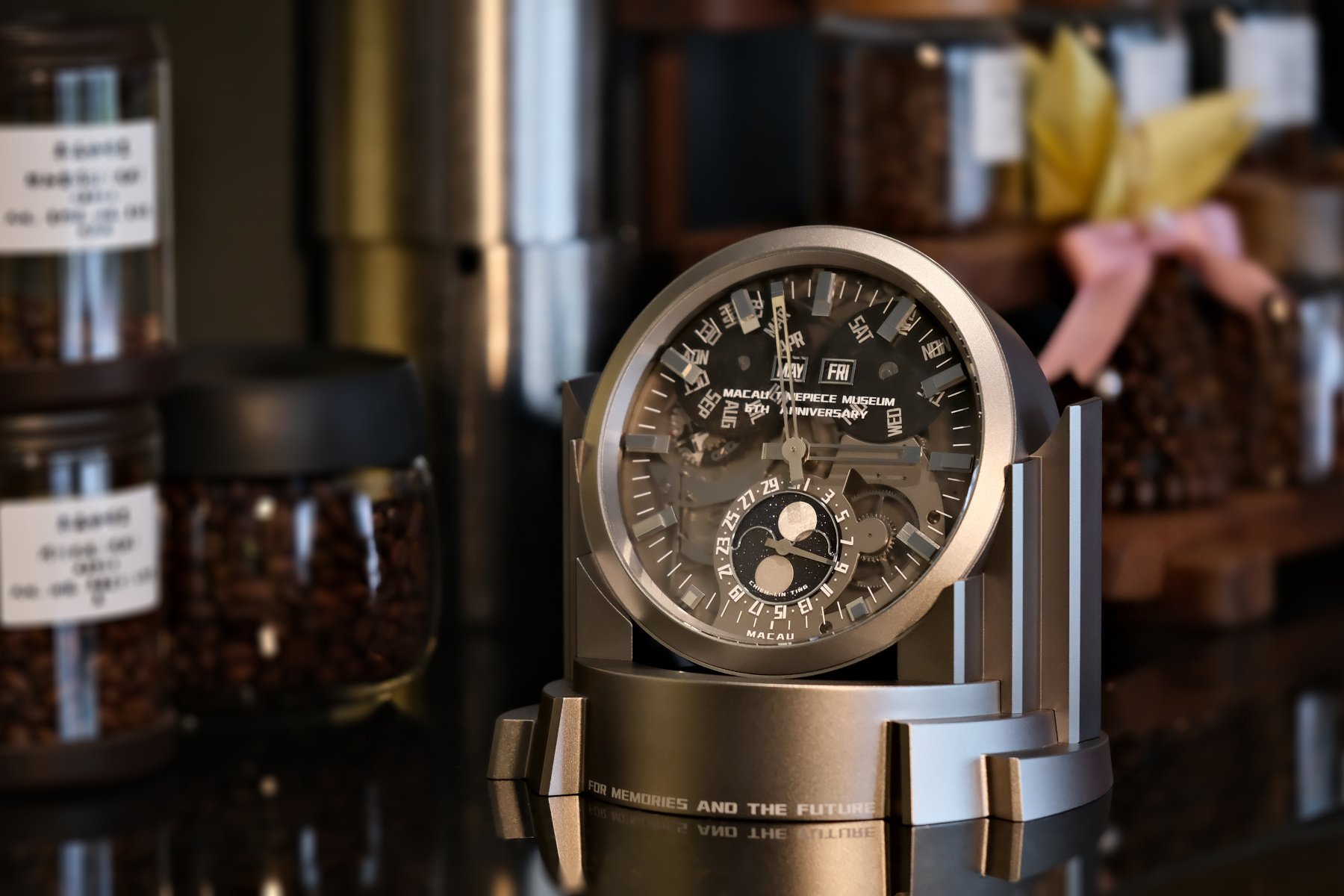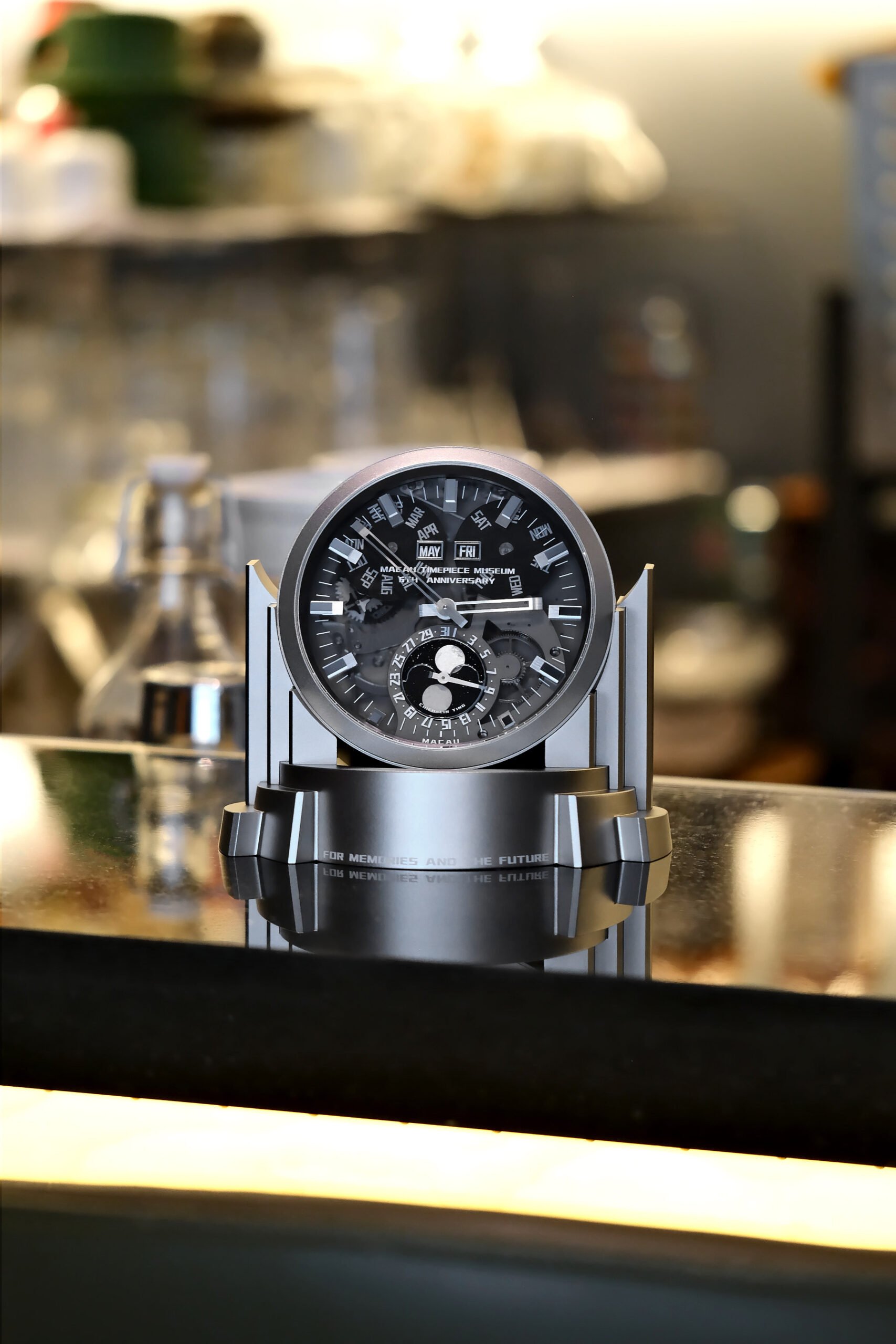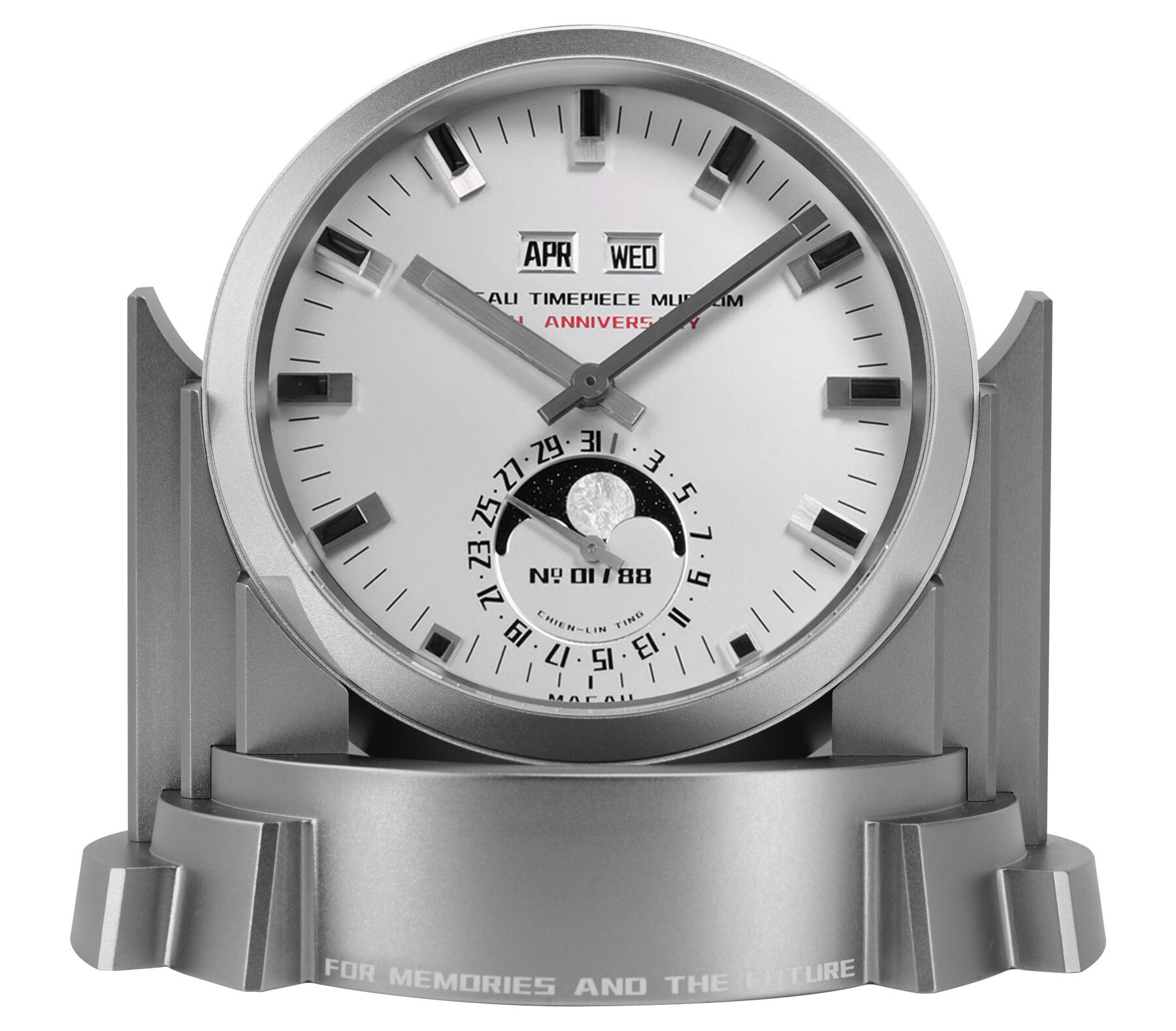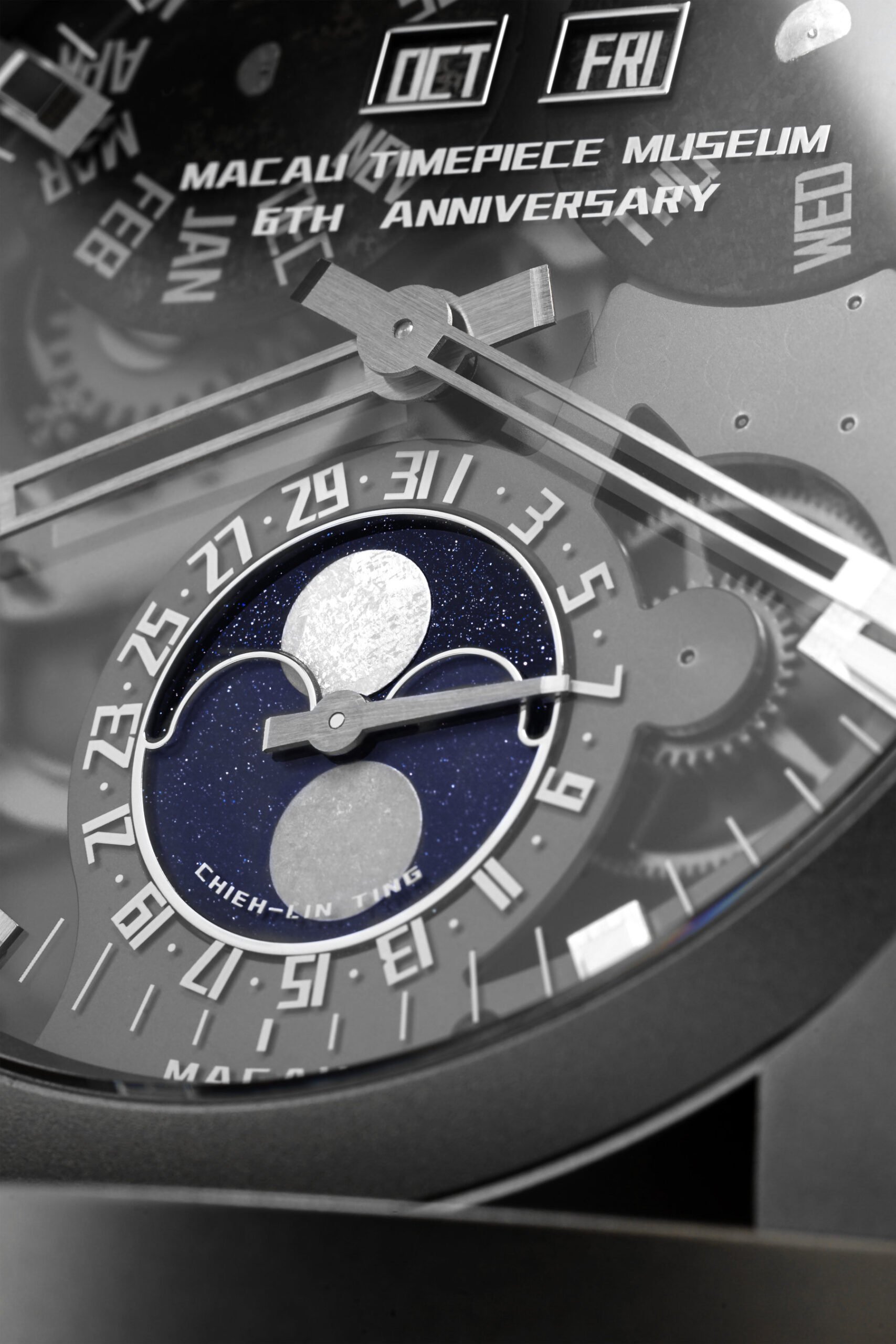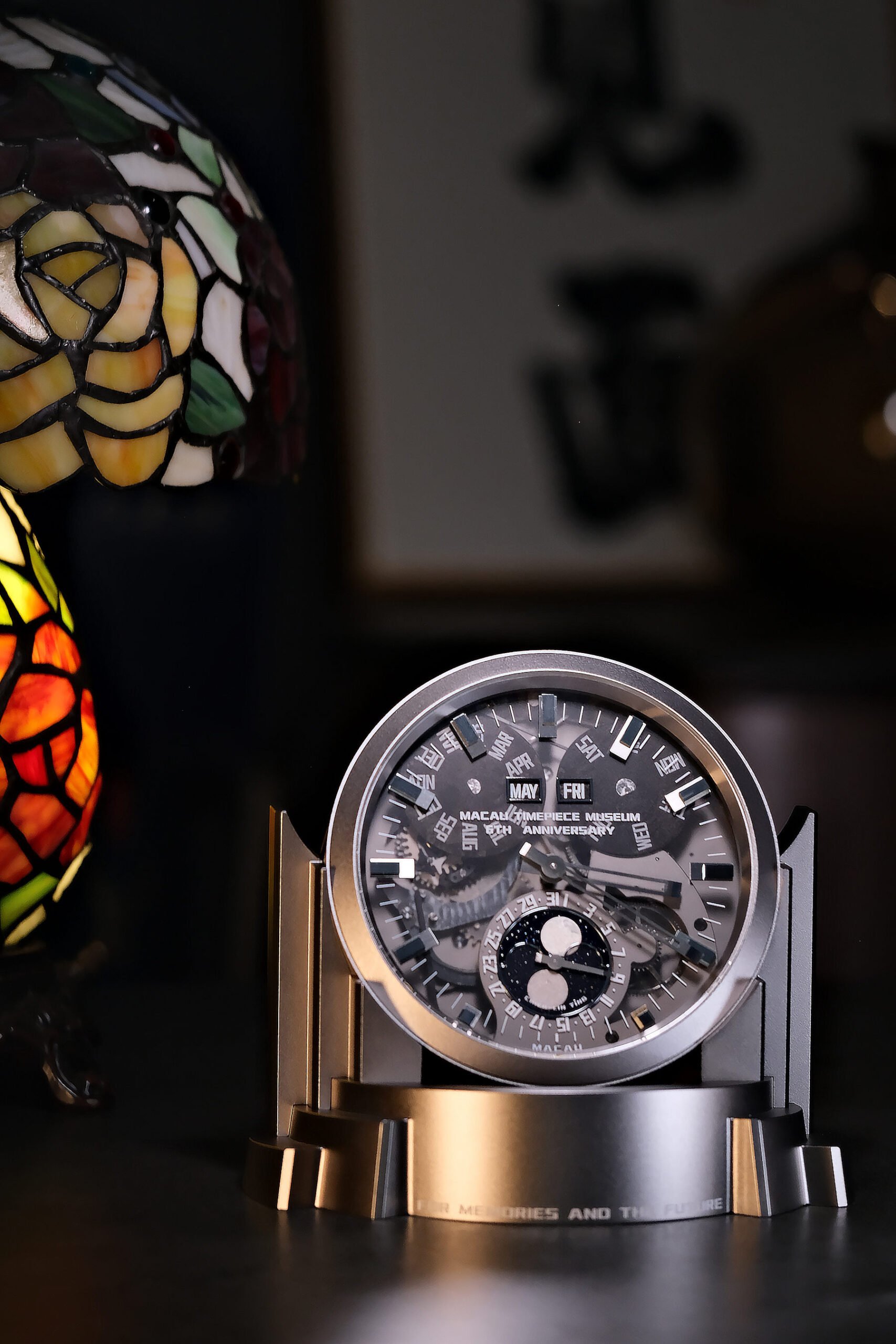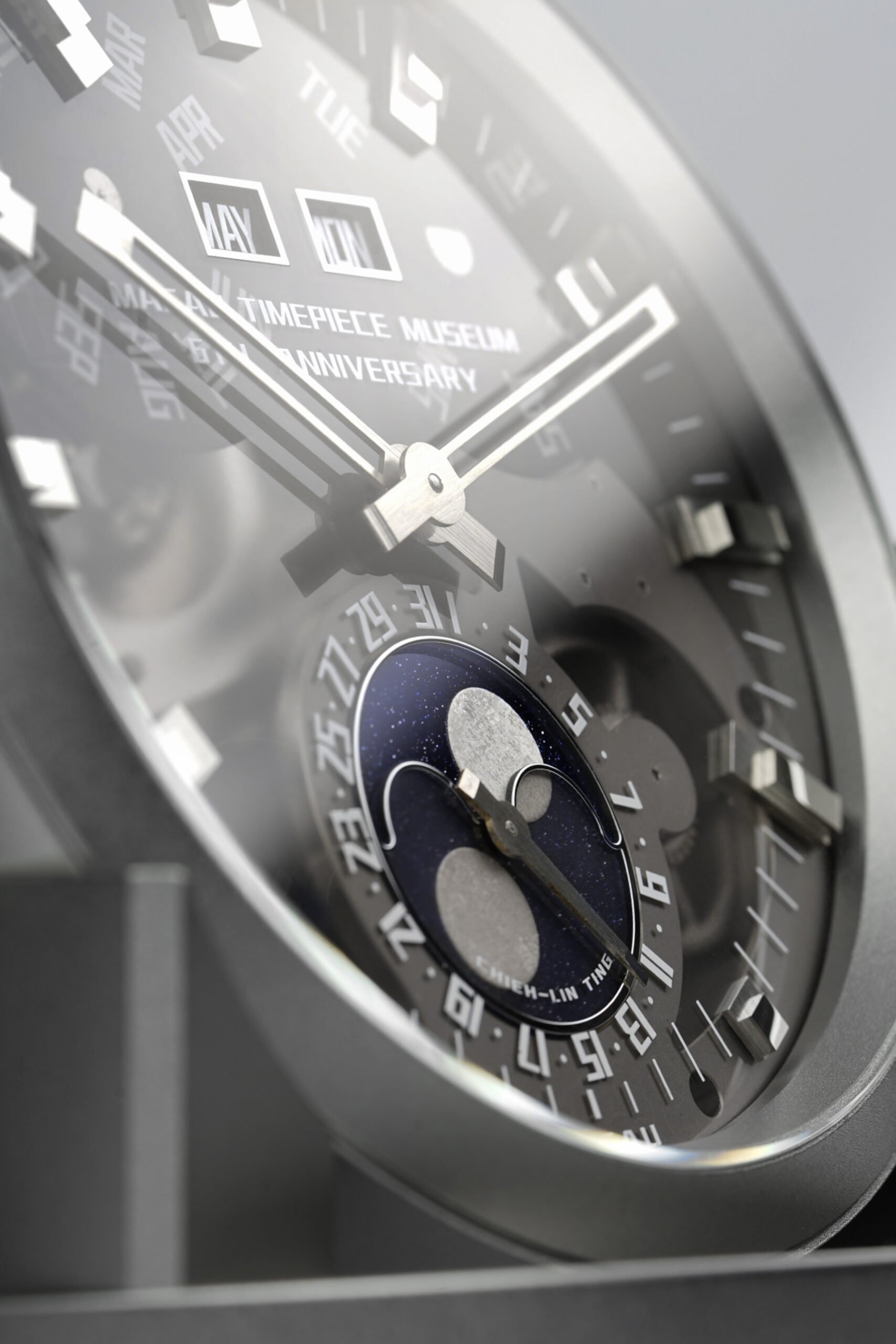Introducing: The Secular Perpetual Calendar Clock From Kubernet
I must admit, I don’t usually give clocks much thought, be they desk clocks, mantel clocks, or travel clocks. There’s a certain charm to them, sure, but they’ve always sat outside my horological radar. That changed somewhat when I stumbled across the Kubernet Eternal Day on social media. I liked the look. I paused, read a little more. When I saw the words “secular perpetual calendar,” I sat up properly. This was something rare — something properly technical.
Kubernet is a brand I hadn’t heard of before. Founded in 2023 by Chinese watchmaker and horological researcher Chieh-Lin Ting, it’s based in Macau and rooted in the idea of reviving mechanical history through a modern lens. This clock, his debut piece, is the embodiment of that mission.
The basics of a perpetual calendar
For most enthusiasts, perpetual calendars are familiar territory. These are mechanisms that automatically account for the varying lengths of months and even leap years, leaving no need to manually advance the date at the end of February. The watch or clock keeps itself in check, year after year. But traditional perpetual calendars only go so far. They still trip up every 100 years when the Gregorian calendar skips a leap year. In 2100, 2200, and 2300, most perpetual calendars will make an error unless corrected manually. It’s a mechanical quirk inherited from the real-world rules of timekeeping. Enter the secular perpetual calendar.
What makes a calendar truly “secular”?
A secular perpetual calendar is a mechanical system that fully respects the 400-year cycle of the Gregorian calendar. It understands that 2100, 2200, and 2300 are not leap years, while 2400 is. It builds in this logic without needing any manual correction across centuries, making it extremely rare and extremely complex. Cool, huh?
To give a sense of just how rare a secular perpetual calendar is, very few brands have ever even attempted one. Some examples exist in pocket watches or experimental prototypes. Wristwatches with secular perpetuals? Count them on one hand. I can think of IWC, Furlan Marri, Franck Muller, and Andersen Genève. Clocks? Even fewer. This is a field reserved for mechanical outliers and obsessive thinkers. Ting’s creation goes a step further. The Kubernet clock not only tracks this calendar accurately, but it also executes its jumps for the day, date, month, and moon phase instantaneously, within two seconds. That kind of rapid mechanical choreography applied to a secular system is unheard of.
From a forgotten movement to a modern complication
What elevates this project further is its starting point — a movement from 1979, designed by the Shanghai Clock Factory. Originally developed for travel alarm clocks and even used in petroleum-extraction equipment, it was precise, rugged, and practical. But then, it disappeared.
Through his work at the Macau Timepiece Museum, Ting rediscovered a batch of these unused calibers, new old stock preserved for over 30 years. Instead of treating them as static artefacts, he brought them back to life. Ting rebuilt and reengineered the movement, not just servicing it but also grafting on a patented secular perpetual calendar module that he designed. The result is something that bridges two horological generations as vintage hardware fused with modern innovation.
Two versions, one poetic machine
The clock comes in two versions — Eternal Day and Eternal Night. Both use a 135mm-tall aluminum case, finished in matte gray, with a geometric language inspired by Art Deco. The structure is all circles and rectangles, playing with reflections and surfaces in a way that feels more architectural than ornamental.
The Eternal Day version has a sandblasted, silver-plated brass dial, giving it a clean, bright, and utilitarian look. But the Eternal Night is the standout for me. Its smoked glass dial is translucent, revealing the inner workings while still feeling mysterious. It also displays leap year information in a neat, legible format. It’s a rare function that most users won’t need, but those who understand it will love having it. Both variants feature skeletonized hands and a moonphase disc made of metallic moon set against an aventurine baseplate.
A new face in Chinese independent watchmaking
There’s no question this is an impressive debut, not just for the product itself but also for what it represents. For 2025, it’s been pre-selected for this year’s GPHG Awards in the Clock category. Whether or not it takes the top prize or even gets nominated for the final voting, this kind of exposure signals something more important: Chinese watchmaking is no longer something to quietly overlook. It’s stepping up, and the industry is finally beginning to take notice.
A clock worth thinking about
If I had the chance to ask Chieh-Lin Ting just one thing, I’d ask whether this project has given him the itch to miniaturize it and bring this incredible complication to the wrist. If he can do that with the same balance of technical innovation and aggressive pricing, that would be something worth watching closely.
For those who want to find out more, the best place to do so is via Blue Lake Watches, the main distributor for Kubernet to the Western market. Orders are made on a pre-order basis for the time being, with deliveries expected to start in December. The Eternal Night model is US$8,480 (€8,204 / £7,114), and the Eternal Day version is slightly lower, at US$6,800 (€6,563 / £5,691), including shipping, import, and taxes. While not pocket change, considering the rarity of the complication and the amount of work that’s gone into it, it’s hard to call these prices anything but fair.
As I mentioned earlier, I’ve never been someone who collects clocks. I’ve admired Atmos clocks in passing and taken more than a glance at retro Seikos, but I’ve never seriously considered adding one to the shelf. This clock changed that. It makes you wonder how many other cool objects are buried in time, waiting for someone to bring them back with fresh eyes.

